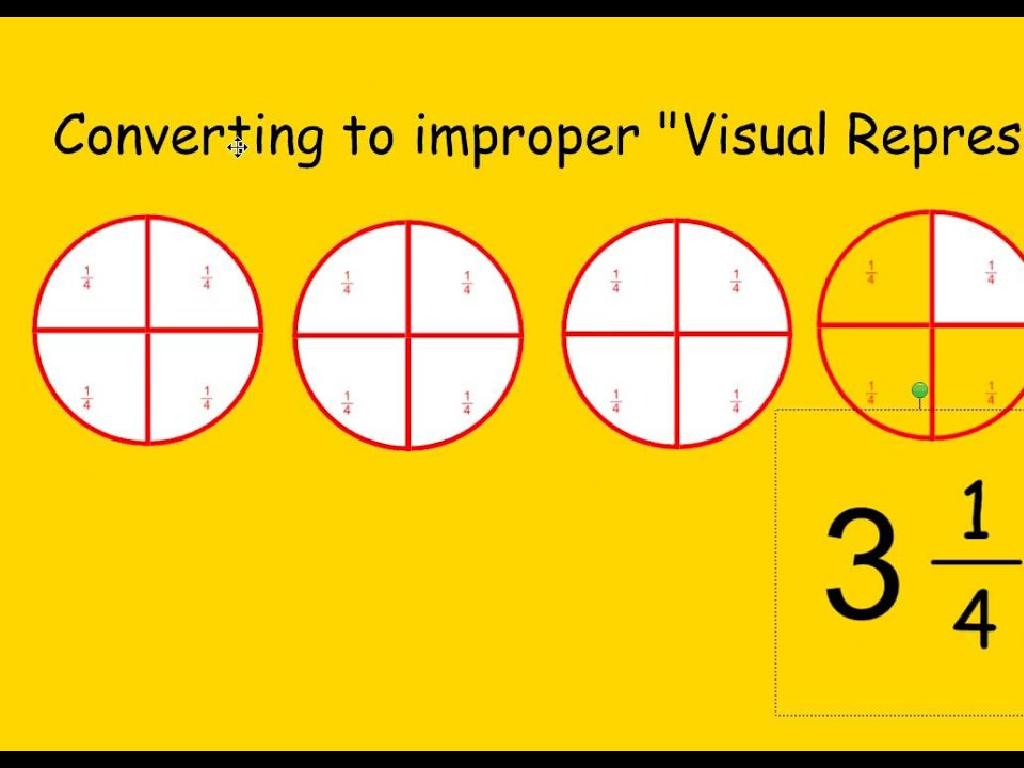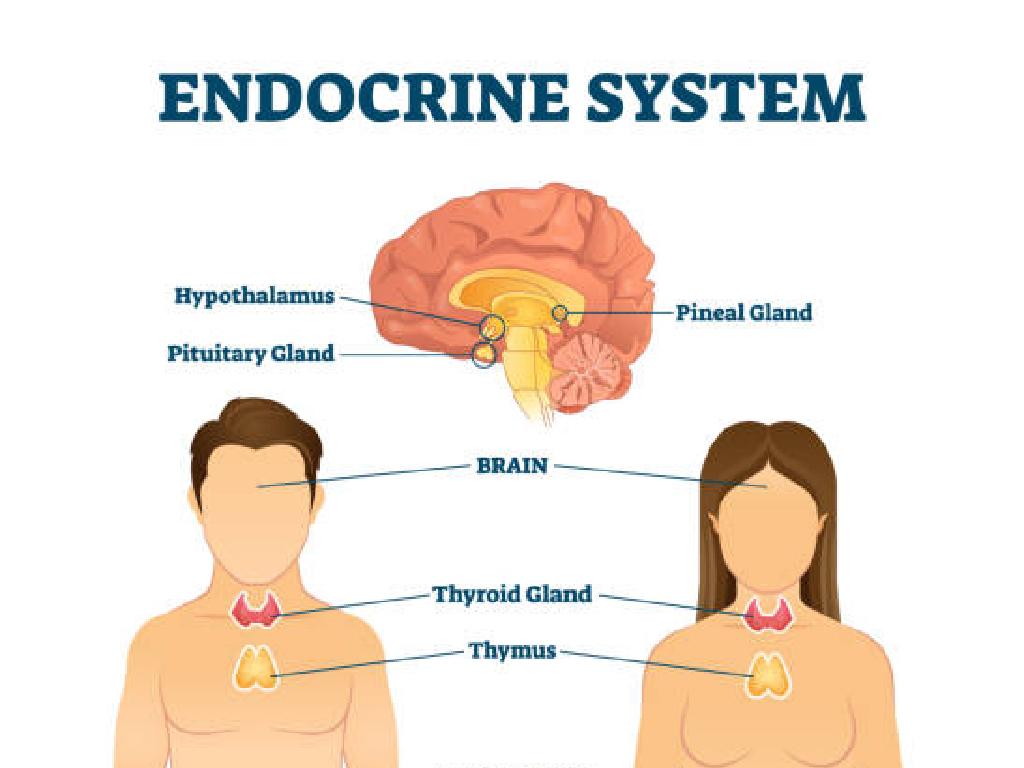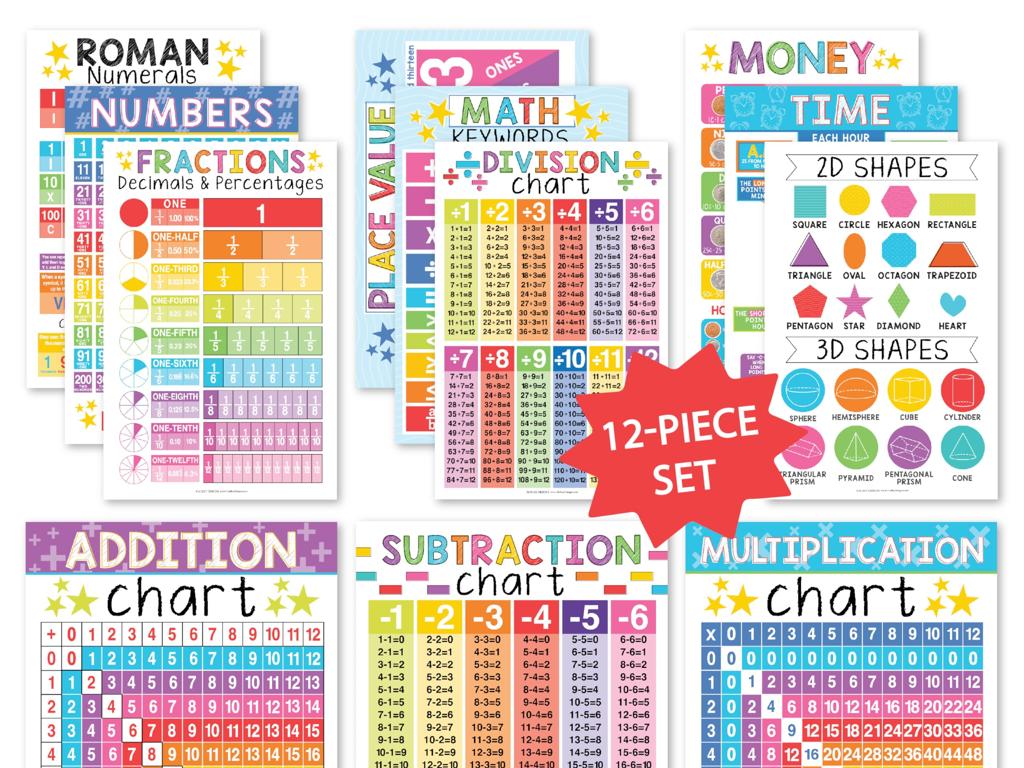Match Problems With Their Solutions
Subject: Language arts
Grade: Third grade
Topic: Match Causes With Effects
Please LOG IN to download the presentation. Access is available to registered users only.
View More Content
Understanding Cause and Effect
– What is cause and effect?
– Cause is why something happens; effect is what happens.
– Events leading to other events
– Like dominoes falling, one event can start a chain reaction.
– Story examples of cause and effect
– Jack’s beanstalk grew because he planted magic beans.
– Observing cause and effect daily
– If it rains, the ground gets wet.
|
This slide introduces the concept of cause and effect, a critical component of narrative understanding and logical reasoning. Begin by explaining that a cause is the reason something happens, and the effect is the result. Use simple, relatable examples to illustrate how one event can lead to another, such as knocking over the first domino to start a chain reaction. Provide examples from familiar stories, like Jack and the Beanstalk, where Jack planting magic beans (cause) leads to a giant beanstalk growing (effect). Encourage students to think of daily occurrences, like rain leading to puddles, to help them connect the concept to their own experiences. The goal is to help students start identifying cause and effect in stories they read and in the world around them.
Understanding Causes in Stories
– Define ’cause’ in a story
– A cause is why something happens in the plot.
– Examples: Why characters react
– For instance, a character might cry because they lost a toy.
– Discuss causes of story events
– Why did the party start? What made the dog bark?
– Group activity on identifying causes
– We’ll work together to find reasons for events in a story.
|
This slide introduces the concept of ’cause’ within the context of a story, aiming to help students understand that a cause is the reason why something happens. Start by explaining the definition of a cause and then provide relatable examples, such as a character’s actions in a story and their reasons. Engage the class in a group discussion to explore simple events and their causes, which will help solidify their understanding. For the group activity, select a familiar story and have students work in small groups to identify different causes for events that occur in the story. This interactive approach will encourage critical thinking and enhance their comprehension skills.
Understanding Effects in Stories
– Define ‘Effect’ in a story
– An effect is what happens because of an event or action.
– Examples of effects
– If a character cries, what changes occur afterwards?
– Match story events with effects
– Look at story events and find out what happened next.
– Practice identifying effects
– We’ll work together to spot effects in different stories.
|
This slide aims to help students understand the concept of ‘effect’ as a part of the cause and effect relationship in stories. Begin by defining an effect as the outcome or result that happens due to a specific event or action, known as the cause. Provide relatable examples, such as what happens in a story after a character cries, to illustrate effects. Encourage students to think about the sequence of events and to identify the effects of given causes. Use class activities to practice this skill, such as reading a story together and discussing the cause and effect of key events. This will enhance their comprehension skills and help them to better understand the structure of narratives.
Problem-Solution Match-Up
– Problems lead to solutions
– Every problem has a way to solve it
– Finding solutions to problems
– Think: What can be done to fix it?
– Story examples of problem-solving
– Like characters overcoming challenges in tales
– Practice with problem-solution pairs
– We’ll match problems with their fixes in class
|
This slide introduces the concept of problems leading to solutions, a key component in understanding cause and effect. Begin by explaining that in every story, characters face problems that need solutions. Guide students on how to identify a problem and brainstorm possible solutions, emphasizing critical thinking. Use familiar stories as examples to illustrate how characters solve their problems. Encourage students to think of times they solved problems themselves. In the next class, have an interactive activity where students match problems with their solutions to reinforce the concept.
Group Activity: Match Them Up!
– Play a matching game
– Pair up and find matches
– Discuss your matching choices
– Why do you think this cause leads to that effect?
– Understand causes and effects
– Causes are why things happen, effects are what happens
|
This interactive group activity is designed to help students understand the relationship between causes and effects through a matching game. Students will work in pairs to enhance collaborative learning. Provide students with cards that have various causes and effects written on them. Their task is to match each cause with its corresponding effect. After matching, they should discuss with their partner why they think their matches are correct, promoting critical thinking and reasoning. As a teacher, facilitate the activity by walking around the classroom, observing the pairs, and engaging with them to ensure they grasp the concept. Possible variations of the activity could include matching pictures to sentences, matching scenarios to outcomes, or even creating their own cause and effect pairs to challenge other classmates.
Class Activity: Craft a Cause and Effect Story
– Write a short cause-effect story
– Start with an event and show what happens next
– Illustrate your story with a drawing
– Your drawing should show the before and after
– Get ready to present your story
– Practice reading your story aloud
– Think about ‘why’ something happened
– Understanding ’cause’ leads to the ‘effect’
|
This activity is designed to help students understand the concept of cause and effect through creative storytelling. Encourage them to think of a simple event as their cause (e.g., a spilled cup of water) and develop a story around the effect (e.g., the floor becomes slippery). They should draw a picture that illustrates their story, focusing on the cause and effect they have chosen. Allow time for each student to share their story with the class, which will help reinforce their understanding of the concept. As a teacher, prepare to guide them with examples if they are struggling and ensure they grasp that the cause is why something happens, and the effect is what happens as a result.
Wrapping Up: Cause and Effect
– Review of cause and effect
– Remember, a cause is why something happens and an effect is what happens.
– Importance of this concept
– It helps us understand stories better and solve problems.
– Storytime preparation
– Choose your favorite story that we can discuss.
– Excitement for next class
– Get ready to be a cause and effect detective!
|
As we conclude today’s lesson, it’s important to reinforce the concept of cause and effect. This foundational skill helps students make sense of narratives and real-life events by linking reasons to outcomes. Understanding cause and effect enhances reading comprehension and critical thinking. For the next class, ask students to bring a storybook of their choice. They will practice identifying the cause and effect within the story, which will not only solidify their understanding but also prepare them for more advanced literary analysis. Make sure to express enthusiasm and encourage participation for the next class to keep the students engaged and looking forward to learning more.






